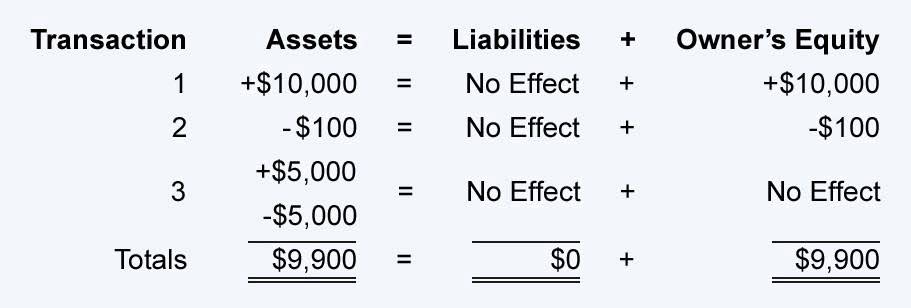
These reports normal balance are automatically updated with accurate data, ensuring precise financial reporting. You’ll also get notified of discrepancies in real time, leaving a more reliable audit trail that can help mitigate future issues. And again, these are honest, unintentional mistakes caused by lack of resources or lack of attention to detail.
- Unequal debits and credits are a good indication that there is a mistake in your records.
- Accounting errors are mistakes that are made in previous financial statements.
- Accounts Receivable is also overstated because it was reduced by $1,560 only but should have been reduced by $1,650.
- This step is critical in aligning the company’s financial records with the reality of its financial position and performance.
- Errors can also create compliance issues, leading to incorrect tax filings and potential fines or penalties.
- Journal entries are necessary for adjusting the balances of ledger accounts for a variety of reasons, including recognizing accruals, liabilities and other expenses.
- It’s crucial to maintain detailed documentation of these adjustments, providing a clear audit trail for future reference and verification.
3 Documentation Correction
It’s crucial to maintain detailed documentation of these adjustments, providing a clear audit trail for future reference and verification. When cash is involved in the wrong entry, it can be rectified, bypassing the reversal of the first entry and then recording the correct entry. The same can be rectified by bypassing the single entry to consider a reversal of the wrong entry and correct entry. Nonetheless, you need to know the entry made and the correct entry (a.k.a. “should-be entry”) before you can come up with the correcting entry. Bookstime Another way of doing it (and an easier one) is to look at the entry made and correct entry. Upon analysis, you will see that the amount debited to Cash is less that what should have been debited.
Income Statement

An error of omission could also include forgetting to record the sale of a product to a client or revenue received from accounts receivables. Accounts receivables reflect the money owed by customers to a company for products sold. This article explores various aspects related to accounting accounting errors errors, including their causes, impacts, and methods for identification and correction.
- Additionally, using data analytics tools can help identify trends and anomalies, enabling organizations to address potential issues before they escalate.
- Regularly reconciling your bank statements, credit card statements, and other accounts is extremely important for maintaining accurate financial records.
- There is no effect on the profit or loss, as the errors balance each other out.
- The sales revenue here is understated by $900, and this affects the profit calculation.
- Conversely, if errors are detected after the books are closed, prior-period adjustments or restating financial statements may be necessary to maintain accuracy and compliance.
- Involving external auditors periodically can offer an objective perspective, further enhancing the reliability of financial statements.
Use Reliable Accounting Software

Transportation Expense is overstated therefore we should decrease it; Taxes and Licenses is understated therefore we should increase it. You should perform reconciliations on a monthly and yearly basis, depending on the type of reconciliation. Bank reconciliations can be done at month end while fixed asset reconciliations can be done at year end. A payment of $500 for electricity is recorded in the “Office Supplies” account instead of the “Utilities” account.

What are the best practices to prevent accounting errors?
Each entry includes accounts debited and credited, ensuring the accounting equation remains balanced. Journal entries serve as the foundation for preparing financial statements and are essential for assessing a company’s financial health and performance. The role of auditors in the error correction process is multifaceted, extending beyond the mere identification of discrepancies. They scrutinize the adjustments made to correct errors, assessing whether they accurately reflect the underlying transactions and are appropriately documented. This includes reviewing the adjusting journal entries and ensuring that the restated financial statements provide a true and fair view of the company’s financial position.
- A company purchases office supplies for $500, but only $300 is recorded as an expense, leaving $200 unaccounted for.
- Clear categorization and detailed tracking of financial activities minimize omissions, wrong account entries, and miscalculations.
- The journal entry adjusts the retained earnings (profit minus expenses) for a certain accounting period.
- Journal entry errors can end up costing your small business time and money.
